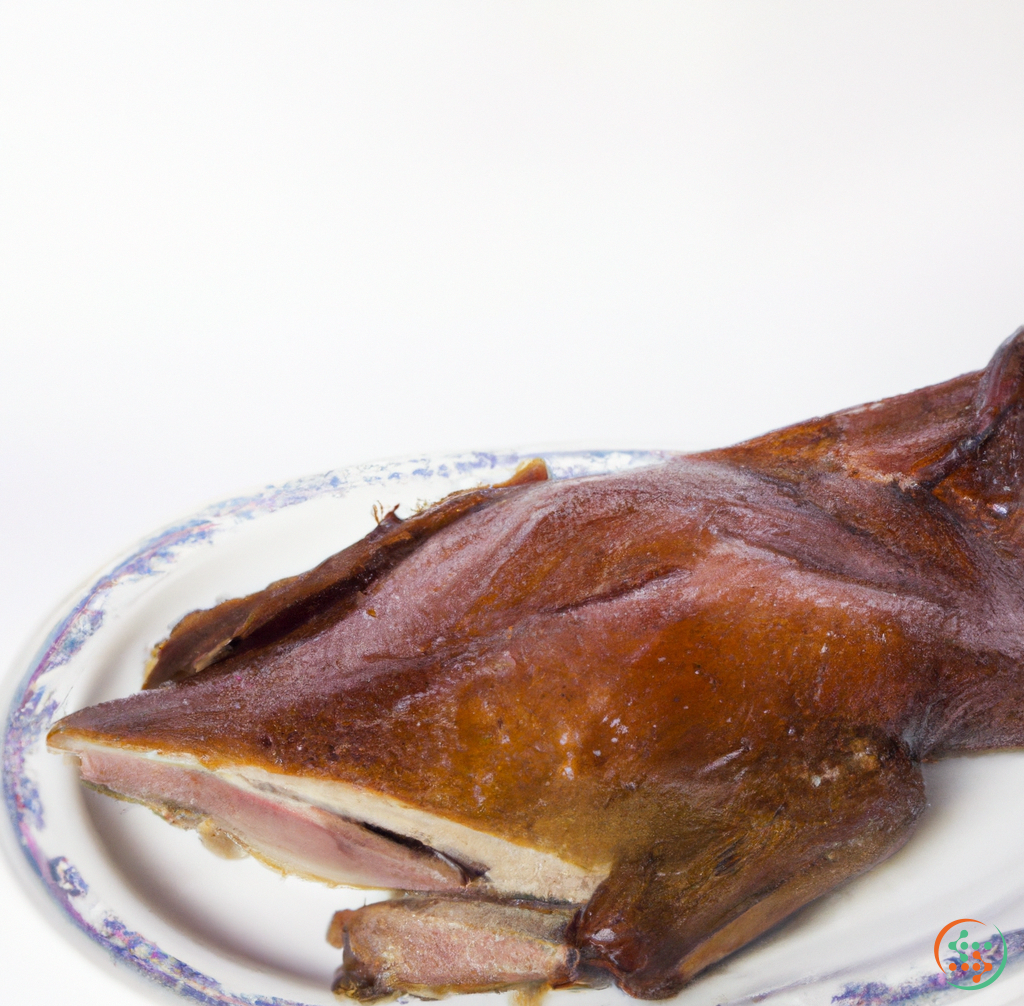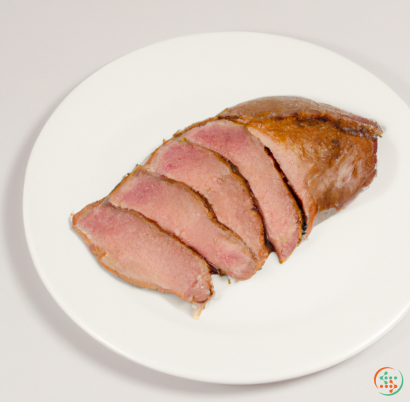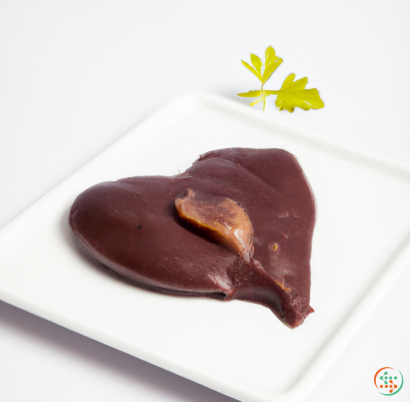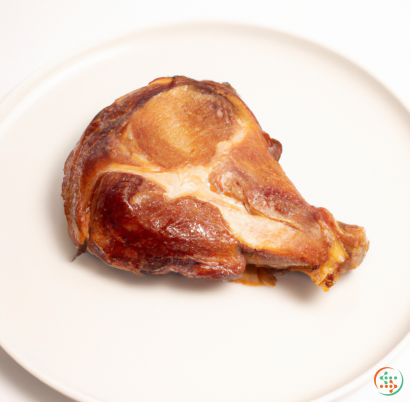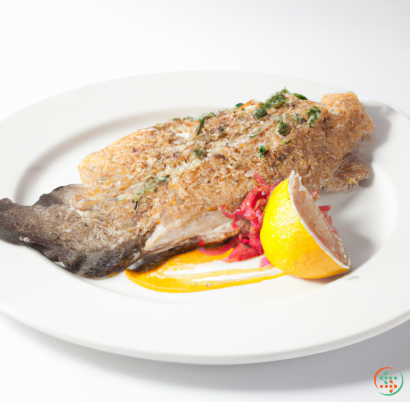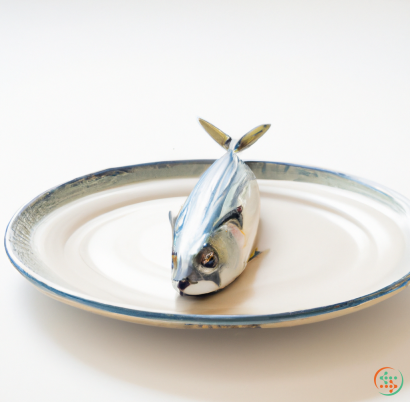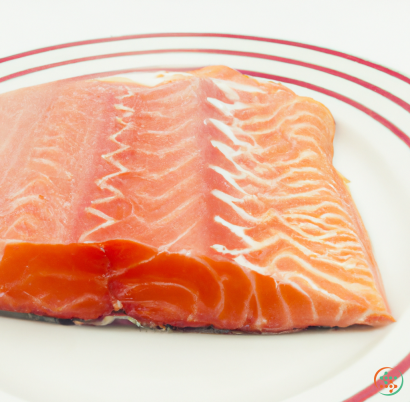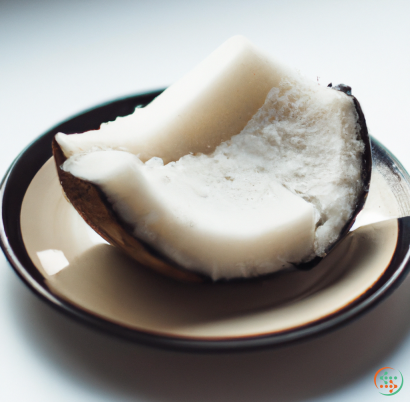Duck Meat
Duck meat may be one of the most versatile sources of lean protein. The lean, flavorful and delicious meat is prized by chefs and foodies around the world and is a popular mainstay on restaurant menus. With its gamy, rich flavor, duck is popular in cuisines across the globe, with different cuisines putting different spins on its preparation and flavoring. However, there are some important things to know about duck and its nutritional content before enjoying it as part of a meal.
What is Duck?
Duck is the flesh of any species of duck. It is an omnivorous bird, meaning it will eat both plant and animal matter, making it an excellent source of both protein and fats. Duck is available fresh and frozen, with the fresh duck being more expensive and the frozen having longer shelf life.
Nutritional Content of Duck
When it comes to nutrition, duck contains a range of vitamins and minerals, including calcium, zinc, iron, magnesium and phosphorus. It is also an excellent source of healthy fats, with mono- and polyunsaturated fats constituting around 30 percent of the total fat content. Duck also packs a good punch of protein and B vitamins.
One of the biggest benefits of duck meat is that it is relatively low in fat and cholesterol compared to other types of poultry. A 6-ounce serving of duck contains just 5.5g fat and 70mg of cholesterol. This is significantly lower than, say, a 6-ounce serving of turkey, which packs around 16g fat and 170mg cholesterol.
How to Prepare Duck
When cooking with duck, it is important to remember that it is a fatty bird and that extra fat should be trimmed away. The breast can be cooked as a roast, or can be seared in a pan or grilled. The legs and thighs make excellent braised dishes or roasts, and the duck skin can be crisped up and used in salads or as a tasty bite on its own. Duck is a very versatile cuisine, with many chefs experimenting with different ingredients and flavors.
When preparing duck, it is important to remember not to overcook it. Duck should not be cooked for longer than about 15 minutes, as this can dry out the meat and give it an unpleasant gamey flavor. The higher fat content will start to release liquid when cooked and this can be used to keep the bird moist during cooking.
Finally, like all cooked meat, duck should not be served raw, as it has the potential to be contaminated with harmful bacteria. To ensure that the bird is cooked safely, it should be cooked to an internal temperature of 165°F (74°C) and allowed to rest for 5 minutes before serving.
Benefits of Eating Duck
Duck meat is an excellent source of lean proteins, which make it the perfect choice for people looking to reduce their fat intake without giving up the flavor. Its high fat content also helps to keep the meat moist and full of flavor, making it an ideal option for roasting, grilling or braising.
Furthermore, duck is a good source of a range of vitamins and minerals, including zinc, phosphorus, magnesium and iron. The B vitamins present in duck make it a great choice for people looking for an energy-rich food, as these vitamins support the body’s metabolism. Finally, duck is a good source of healthy fats, including monounsaturated and polyunsaturated fats, which are beneficial for overall health.
Conclusion
Duck is a versatile and delicious source of lean protein and is becoming increasingly popular with chefs and foodies alike. The meat is relatively low in fat and contains a range of essential vitamins and minerals. It also offers a good source of healthy mono and polyunsaturated fats. Whether you are looking for a leaner alternative to pork, or want to explore the world of duck-based dishes, it is worth giving this tasty bird a try.
Duck Meat on the Dinner Plate: Exploring the Journey from Farm to Fork
Duck meat is a healthy and tasty alternative to other poultry, such as chicken. Duck meat is usually cooked in the same ways as chicken; it’s perfect for grilling, roasting, sautéing, or even slow cooking. But how does duck meat make its way from farm to dinner plate?
The Farming Method
Modern-day duck farming is quite a complex process, with many different steps. Ducks are typically raised on either commercial farms or on family farms. On larger commercial farms, ducks spend their entire life solely within the confines of the farm. On family farms, they are raised separately from chickens and other animals, although they can still share some facilities, such as hay storage, feeders and poultry housing.
On both types of farm, the ducks are given plenty of space, supervised continually and given access to a pond or pool for swimming. The appropriate type of duck breed is also chosen according to the intended purpose of the meat, such as for roasting, grilling, steaming or other recipes.
Feeding the Ducks
The feed for ducks is much the same as feeds for other poultry and livestock. Typically, a mixture of corn, wheat, peas and other grains, as well as vitamins, minerals and additives, are combined together to form the complete diet for ducks.
Most of the feed for ducks is grown locally on the farm, although some farms may purchase additional feed from local mills and nutritional companies. This combination of grains is usually served from large feeders, located in both the farm pens and the pond.
Harvesting the Ducks
Before harvesting, the ducks are examined by a veterinarian or a field specialist who checks their overall health. The ducks must be healthy and disease-free before they can continue to the next step.
Once they have been deemed suitable, the ducks are then ready for slaughter and harvesting. Ducks are typically processed on a farm using a manually operated processing line, or, if the production is more industrial, a mechanized machine might be used instead.
The Process of Slaughtering Ducks
The process of slaughtering ducks is much like that of other poultry. The ducks are initially stunned and then hung upside down on a conveyor. They are then bled from their jugular veins, with no more than 0.7 liters of blood providing the full carcass yield.
After the initial bleeding, the feathers are removed and the ducks are washed and rinsed before entering the evisceration phase. This involves the removal of all organs, except the gizzard and sora, which remain intact. Once the organs are removed and weighed, the carcases then enter the cooling phase, where they are cooled at 4?.
Once cooling is complete, they are weighed again and graded by quality criteria, such as the breed, size, fat levels and other general body features. The harvested ducks then enter the packaging phase, which involves binding the ducks and sealing them environmentally-friendly plastic packets for shipping.
Shipping the Ducks
Once the ducks are packaged and weighed, they will be shipped off to their destination, usually to local retailers, restaurants or other similar entities. Ducks are usually shipped by road in special refrigerated trucks, as the meat must remain cold at all times to ensure its quality.
Once the ducks arrive at their destination, they will usually go through another inspection at the receiver’s end, with any damaged or low-quality ducks being discarded. At this point, the ducks are now ready to be sold as either whole carcasses or duck parts/cuts.
Preparing and Cooking the Ducks
Once the animals have been purchased, they are normally gutted and prepared by the retailers, such as supermarkets. This involves removing the head, feathers and intestines, prior to washing and seasoning of the duck.
The ducks can then be cooked in a variety of ways, depending on the recipe and exact recipe desired. Generally, duck meat is best cooked whole, as this helps to retain its moisture and flavor, but it can also be cooked as part of other dishes such as soups, stews and casseroles.
Conclusion
When it comes to getting duck meat from farm to plate, there’s a lot of complexity involved. From the farming and feeding of the ducks, to the slaughter and packaging process, to the shipping, inspecting and cooking of the meat, no two journeys from farm to plate are the same. However, with the right knowledge and understanding of the process, customers can be sure that their duck is always of the highest quality and on its way to their dinner plate.
| Vitamin A | 0.023 mg | |
| Vitamin D | 0.1 ug | |
| Vitamin D3 | 0.1 ug | |
| Vitamin E | 0.7 mg | |
| Vitamin K | 0.0038 mg | |
| Vitamin B1 | 0.26 mg | |
| Vitamin B2 | 0.47 mg | |
| Vitamin B3 | 0.0051 grams | |
| Vitamin B4 | 0.065 grams | |
| Vitamin B5 | 0.0015 grams | |
| Vitamin B6 | 0.25 mg | |
| Vitamin B9 | 0.01 mg | |
| Vitamin B12 | 0.4 ug |
| Calcium | 0.012 grams |
Daily Value 1.3 g
|
| Iron | 0.0027 grams |
Daily Value 0.018 g
|
| Magnesium | 0.02 grams |
Daily Value 0.4 g
|
| Phosphorus | 0.203 grams |
Daily Value 1.25 g
|
| Potassium | 0.252 grams |
Daily Value 4.7 g
|
| Sodium | 0.065 grams |
Daily Value 2.3 g
|
| Zinc | 0.0026 grams |
Daily Value 0.011 g
|
| Copper | 0.23 mg |
Daily Value 0.9 mg
|
| Manganese | 0.02 mg |
Daily Value 0.0023 g
|
| Selenium | 0.0224 mg |
Daily Value 0.055 mg
|
| Tryptophan | 0.327 grams | |
| Threonine | 1.003 grams | |
| Isoleucine | 1.206 grams | |
| Leucine | 1.983 grams | |
| Lysine | 2.009 grams | |
| Methionine | 0.635 grams | |
| Cystine | 0.361 grams | |
| Phenylalanine | 0.984 grams | |
| Tyrosine | 0.894 grams | |
| Valine | 1.228 grams | |
| Arginine | 1.499 grams | |
| Histidine | 0.62 grams | |
| Alanine | 1.487 grams | |
| Aspartic Acid | 2.299 grams | |
| Glutamic Acid | 3.673 grams | |
| Glycine | 1.315 grams | |
| Proline | 1.153 grams | |
| Serine | 1.01 grams |
| Total Sugars | 0 ug |
per 100g
|
| Lauric acid (12:0) | 0.04 grams |
|
| Myristic acid (14:0) | 0.05 grams |
|
| Palmitic acid (16:0) | 2.54 grams |
|
| Stearic acid (18:0) | 1.32 grams |
|
| Total Saturated fatty acids: | 3.95 g | |
| Oleic acid (18:1) | 3.37 grams |
|
| Palmitoleic acid (16:1) | 0.45 grams |
|
| Gadoleic acid (20:1) | 0.04 grams |
|
| Total Monounsaturated fatty acids: | 3.86 g | |
| Linolenic acid (18:3) | 0.15 grams |
|
| Linoleic acid (18:2) | 1.34 grams |
|
| Total Polyunsaturated fatty acids: | 1.49 g | |
| Cholesterol | 0.09 grams |
|
| Total Sterols: | 0.09 g | |
